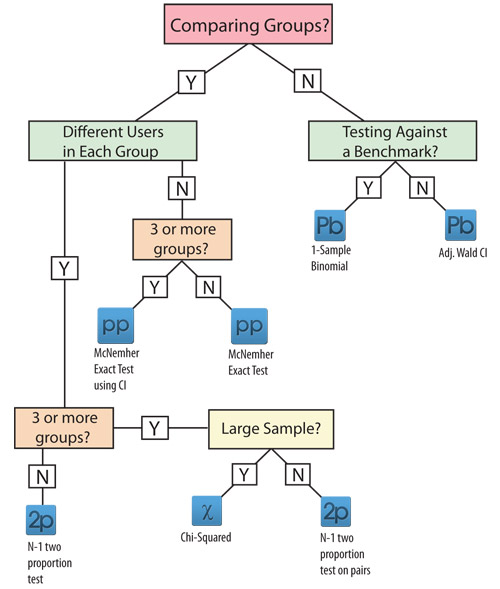
Predictive analysis assists in having a prior understanding of events likely to occur by estimating trends from historical data. Predictive Analysis Image Source: Pyramid Analytics With Diagnostic analysis, organizations find the ground reality of divergence from statistical analysis. The Diagnostic analysis aims to identify the root cause of a business problem, as it involves finding positive and negative impacts of decisions taken previously. Diagnostic Analysis Image Source: Finnapps Statistical analysis includes descriptive and inferential analysis to identify measures of central tendency and decipher inferences to get key performance indicators.

Statistical analysis helps in describing and comparing data to uncover trends and patterns. Statistical Analysis Image Source: Educba To summarize, Data Analysis can be of four different types: Types of Data Analysisĭata Analysis requires systematically evaluating parameters through various processes. It also adds value to business processes, as it assists in understanding the meaning behind numbers and figures by presenting an in-depth analysis. With the advent of technology, Data Analysis discovers key parameters, predicts patterns and trends, which leads to business productivity. The process of Data Analysis involves collecting and organizing big data to extract useful information, as it helps in making critical decisions to prosper in business. What is Data Analysis? Image Source: Import.ioĭata Analysis helps organizations improve their product and services to enhance customer satisfaction.

By using SQL several companies have built their proprietary tools to fetch information from databases quickly. SQL for Data Analysis is a powerful programming language that helps data analysts interact with data stored in Relational databases.


 0 kommentar(er)
0 kommentar(er)
